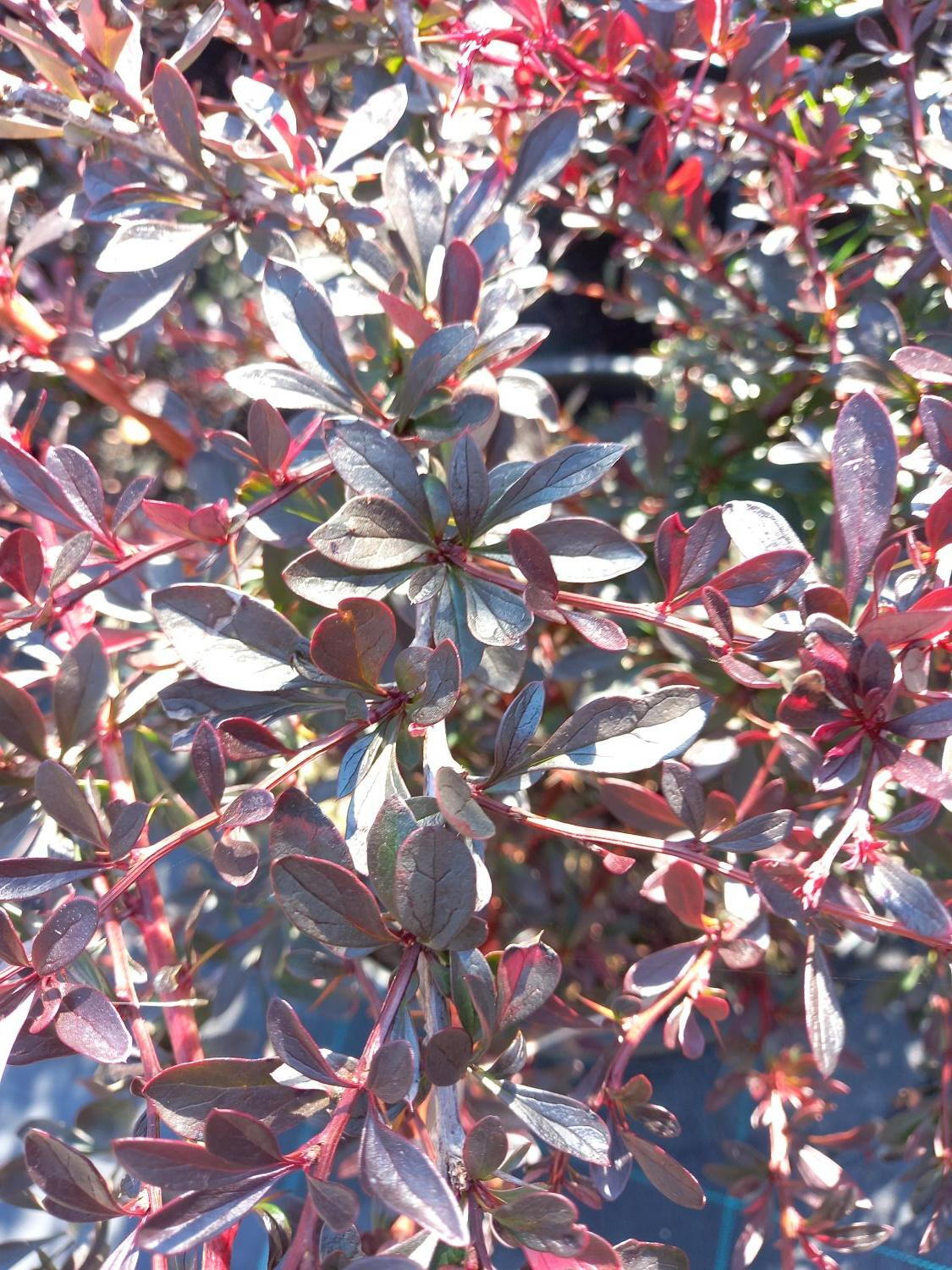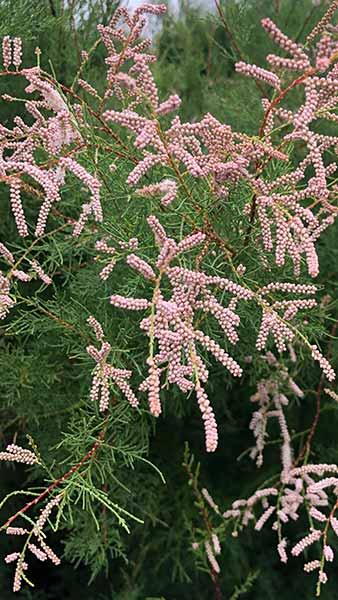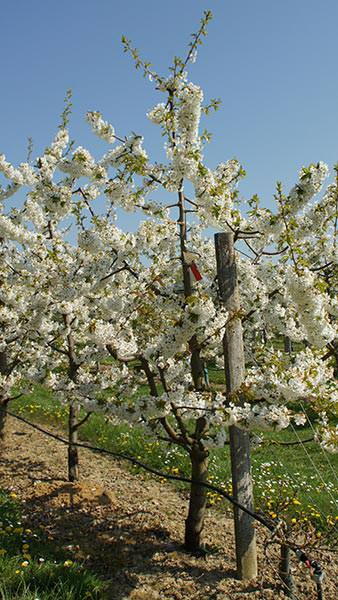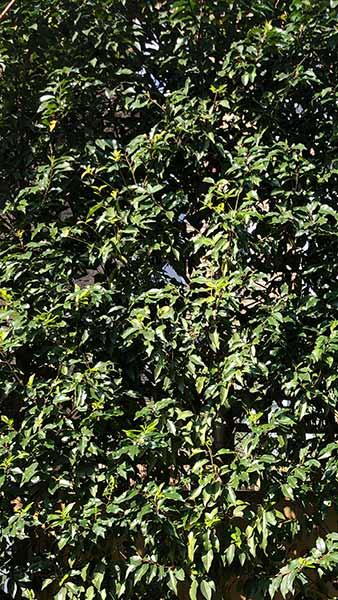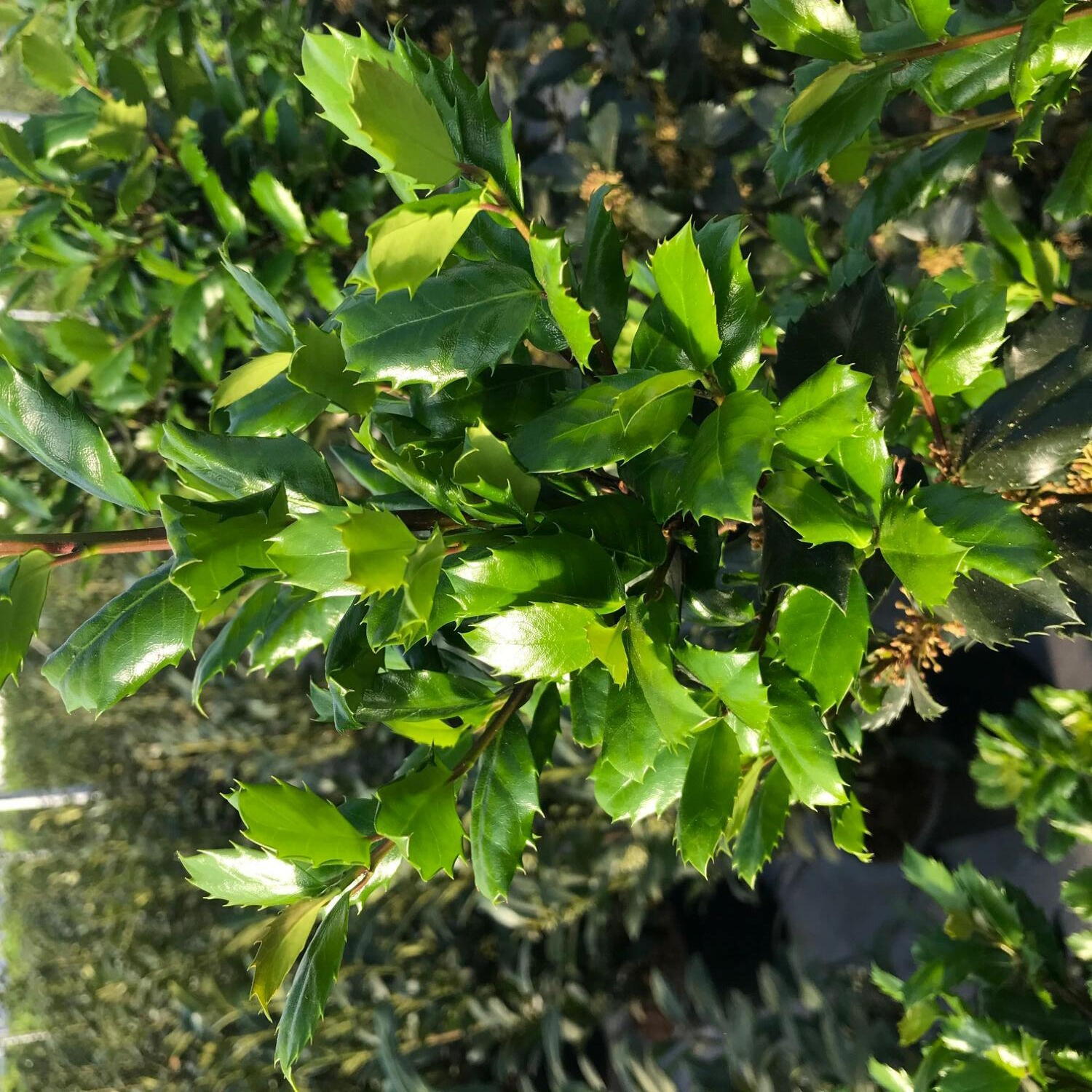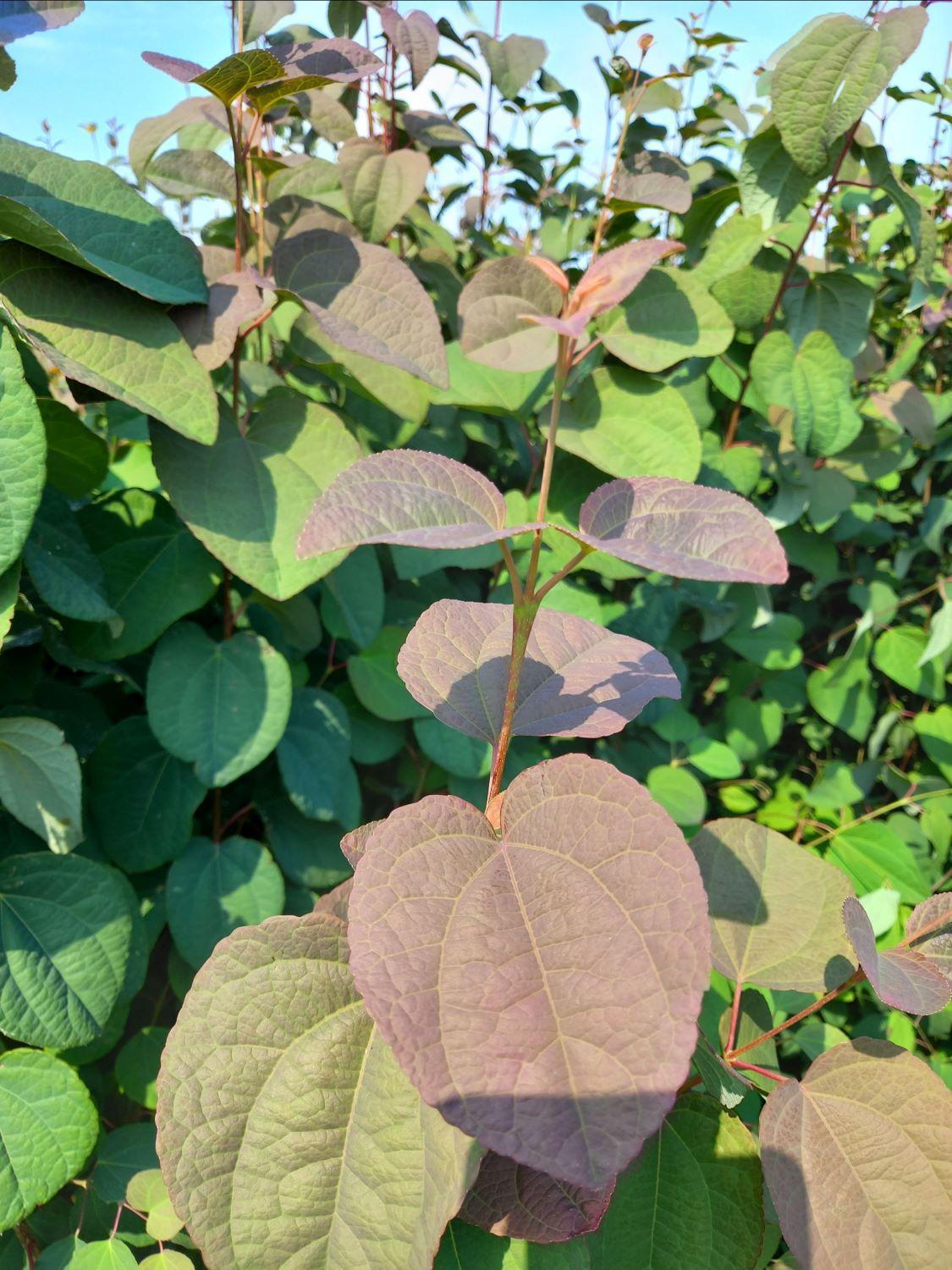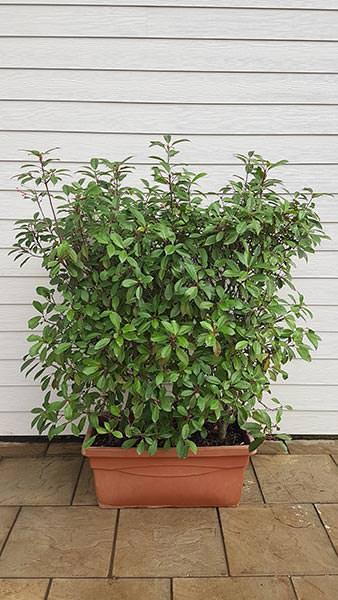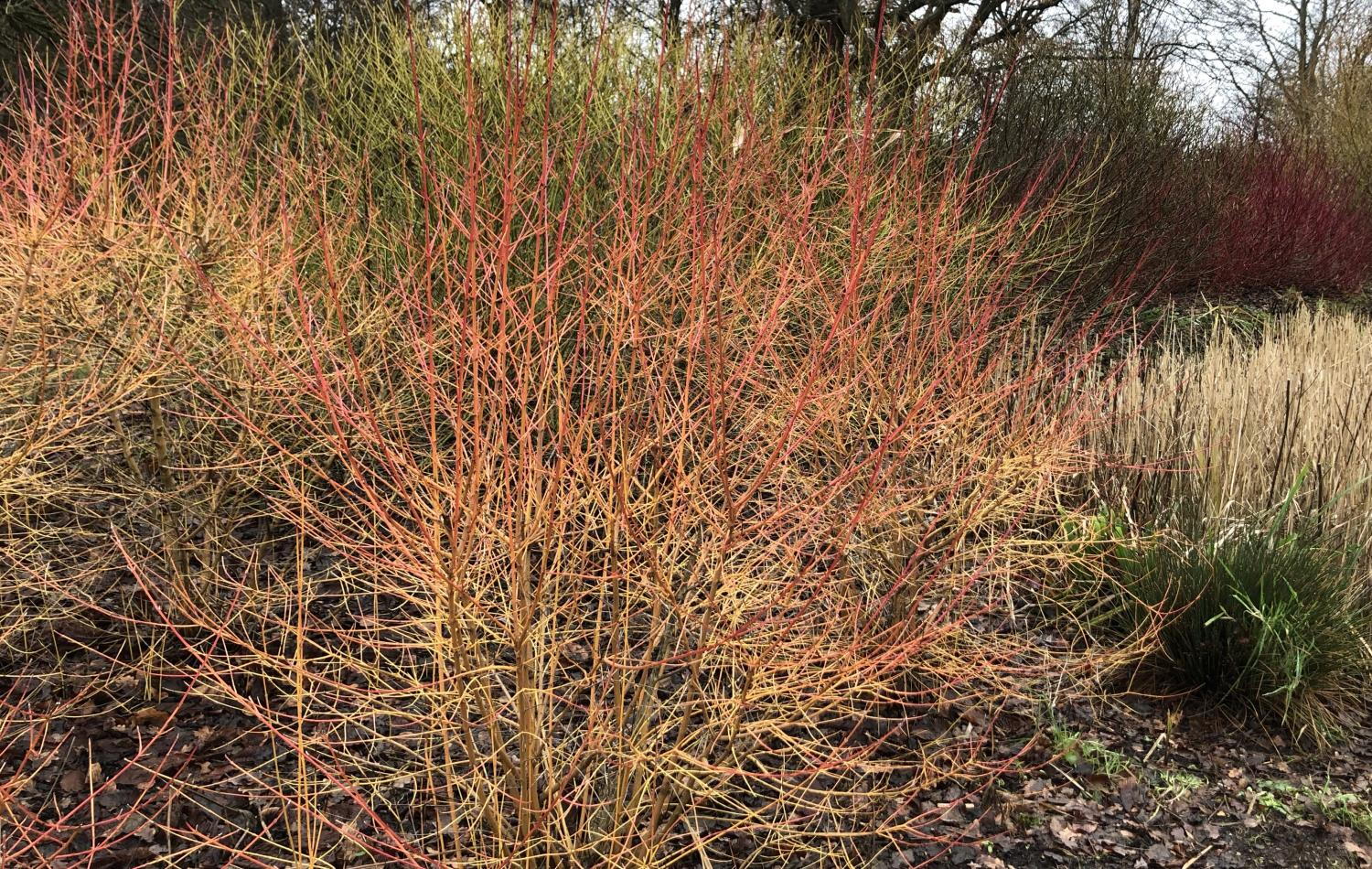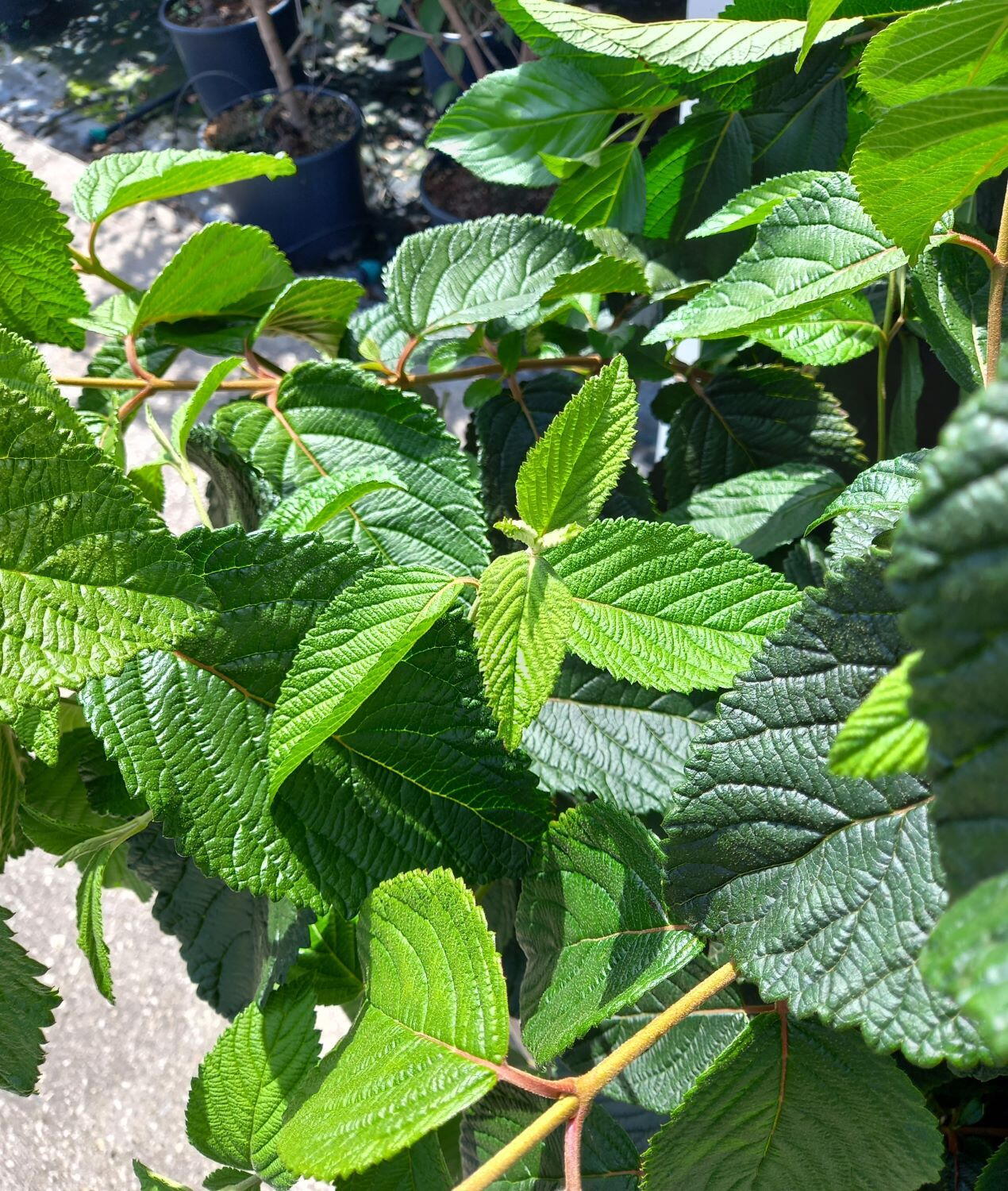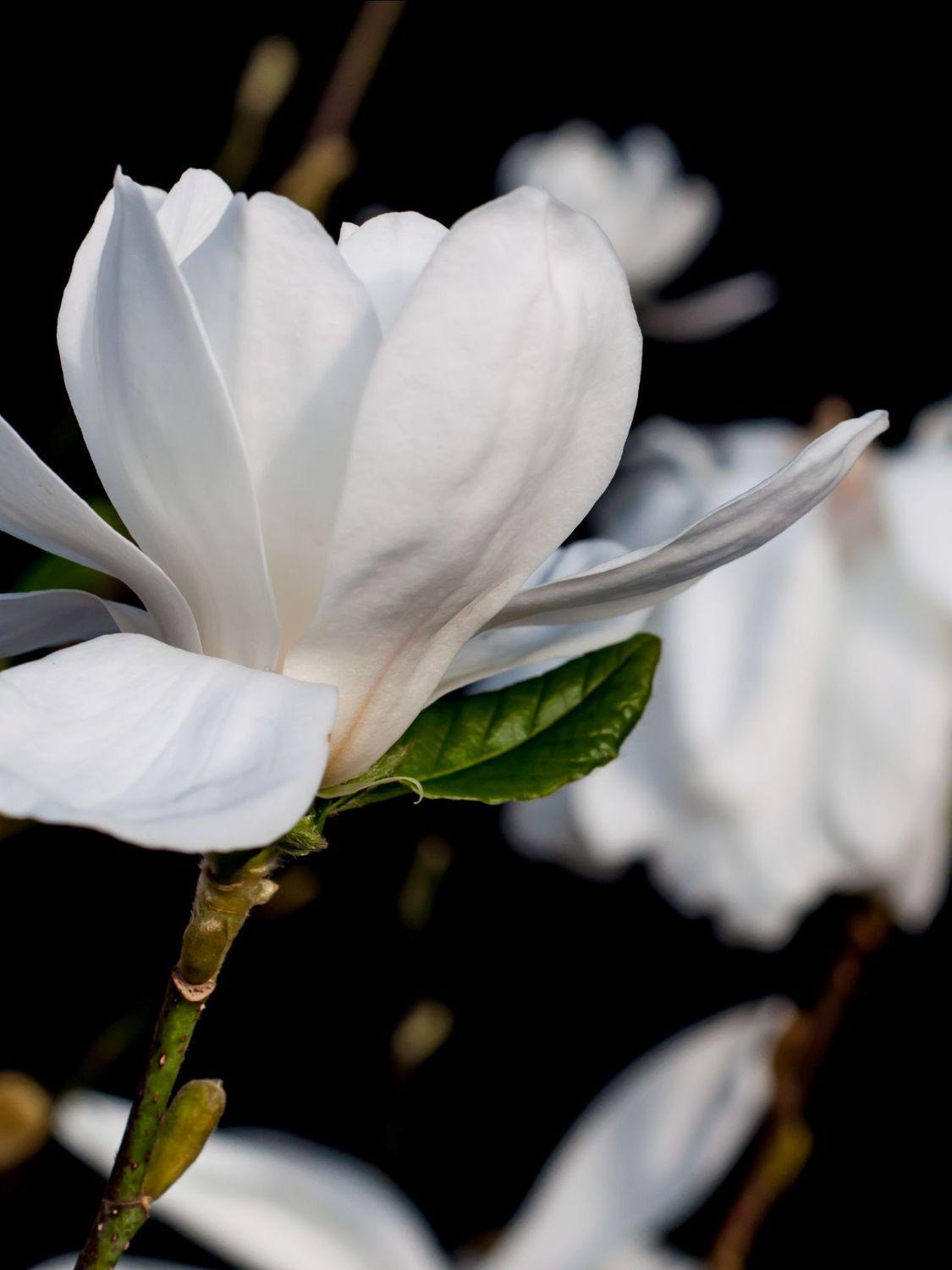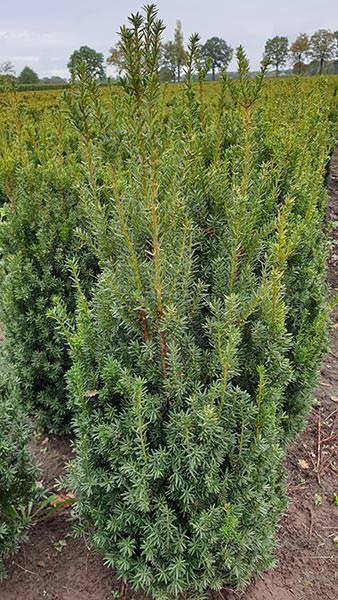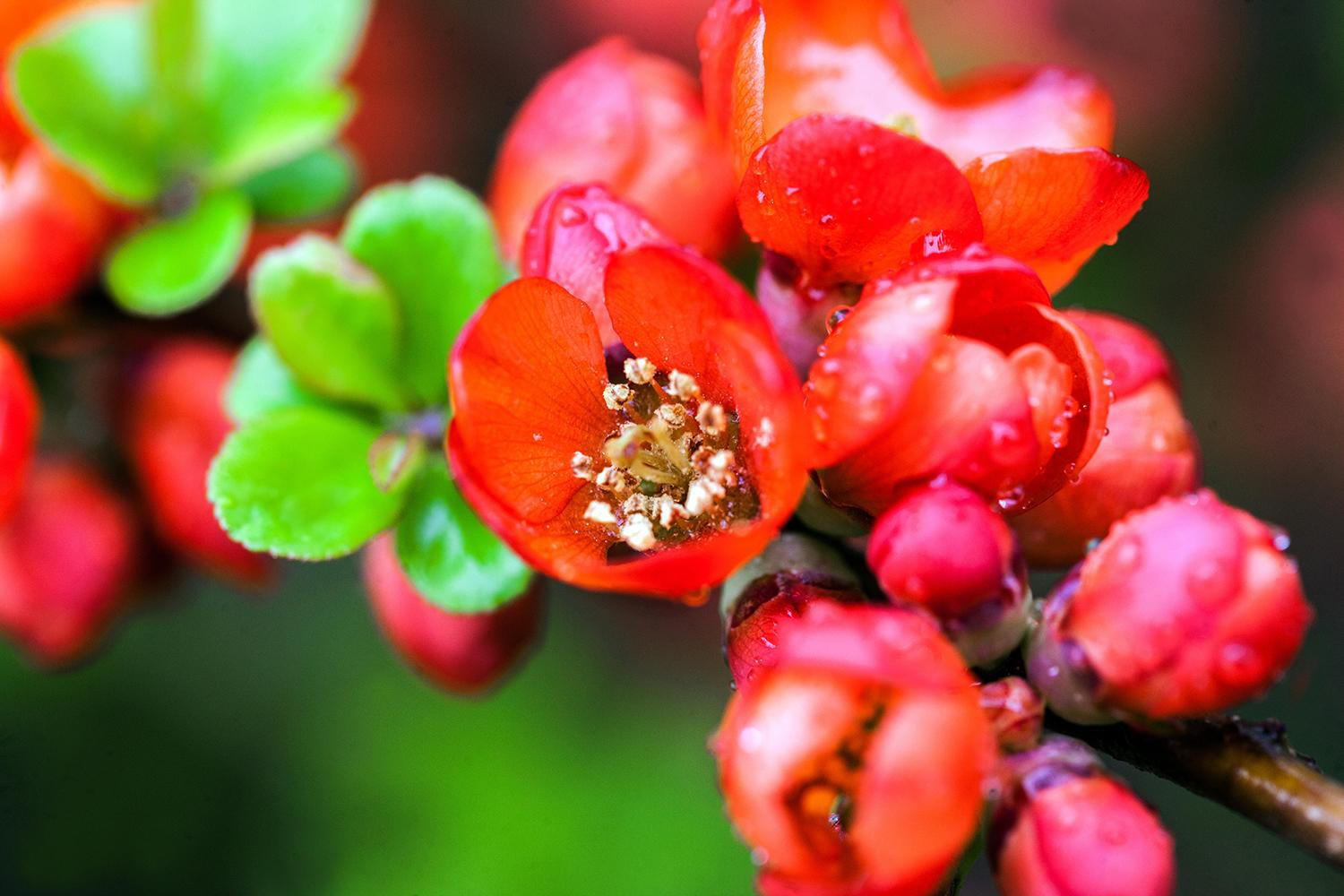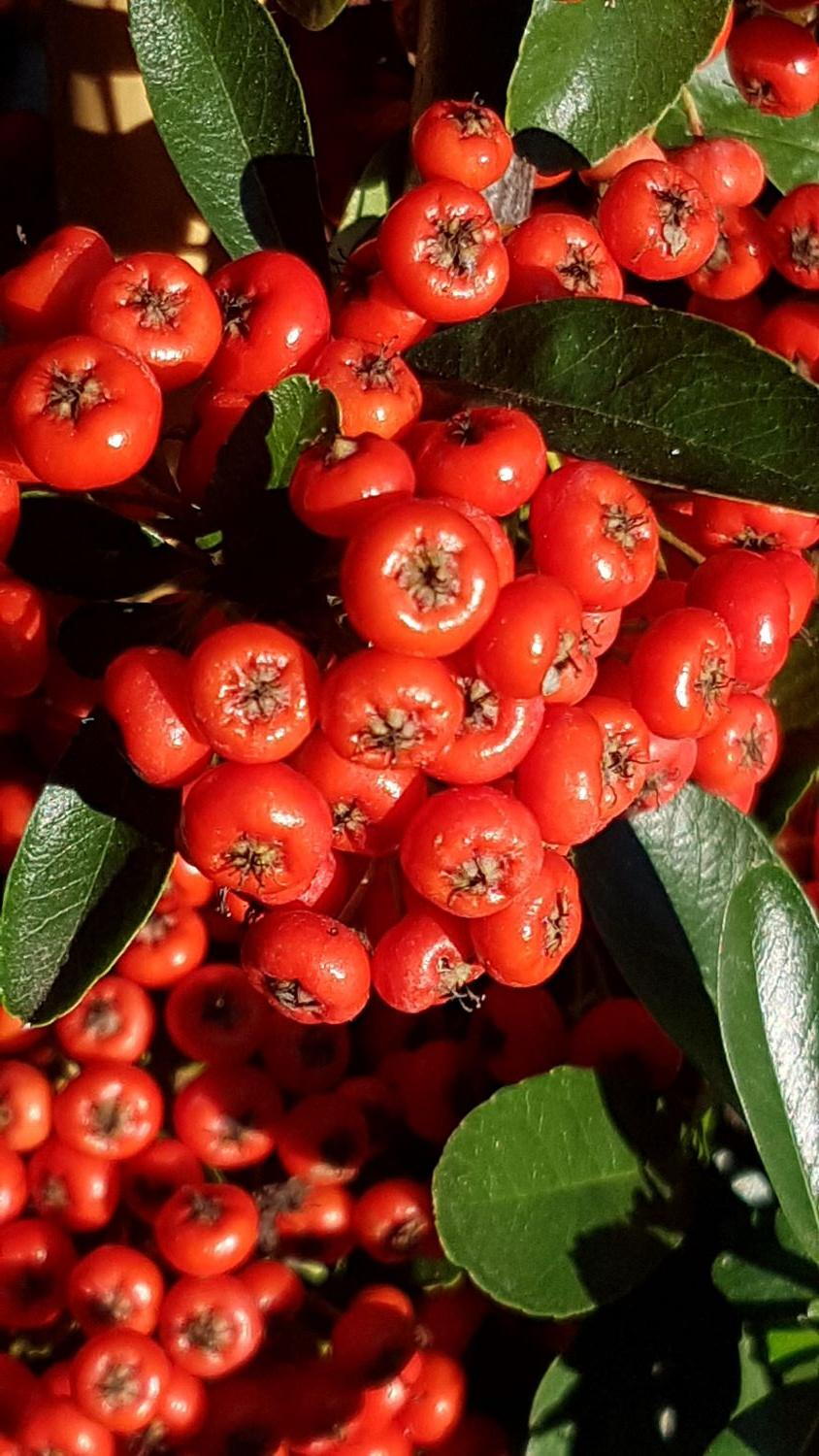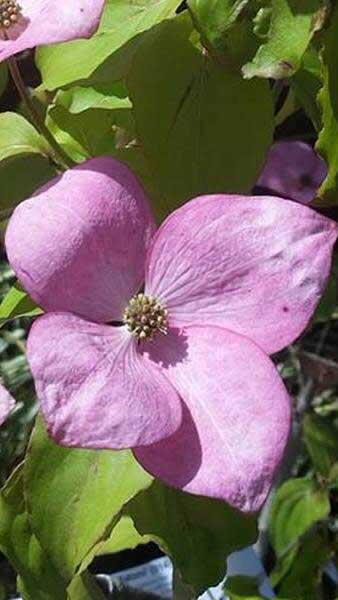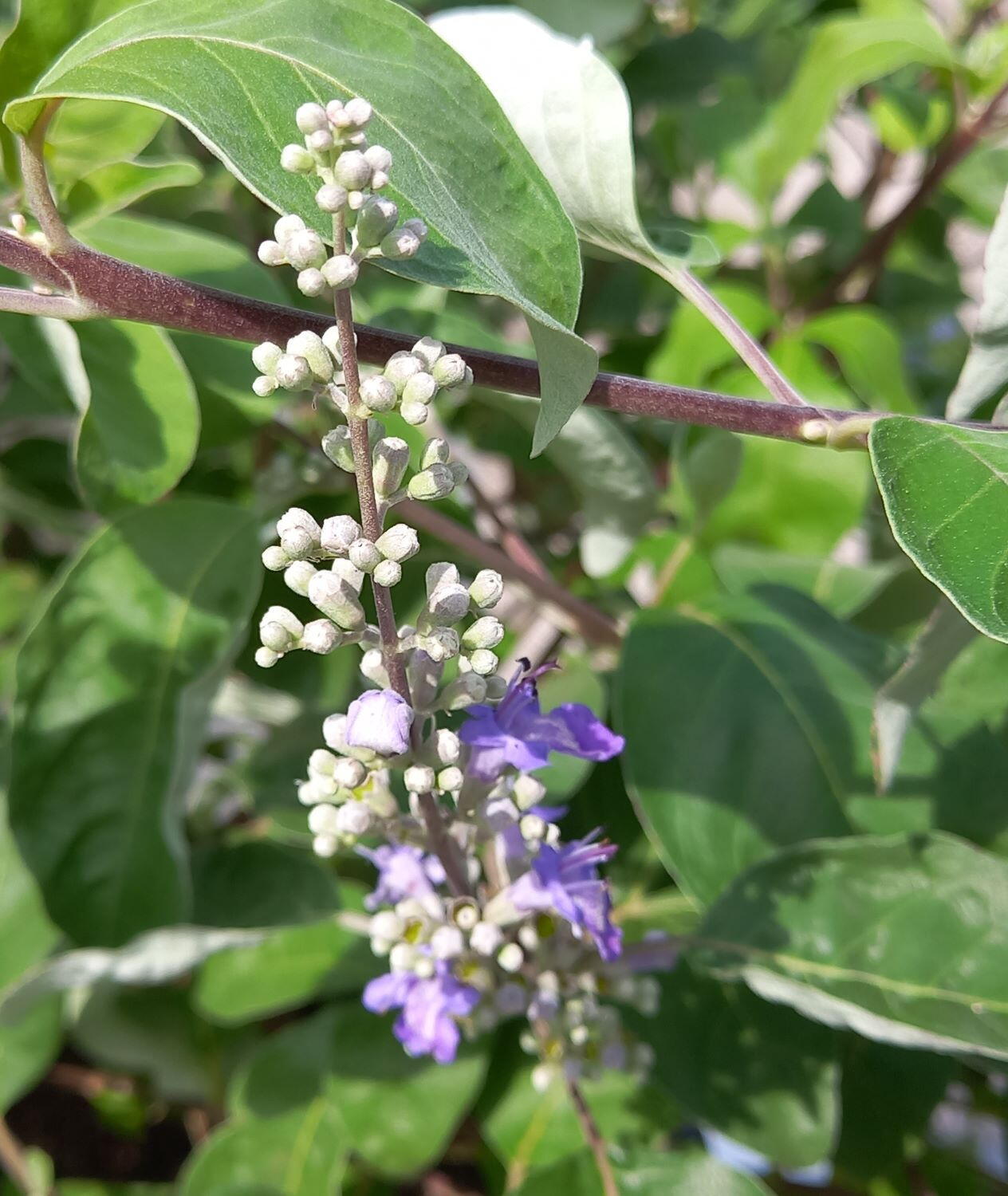Vitex Agnus-Castus Magical Chicagoland Blues Hybrid Variety
Vitex Agnus-Castus Magical Chicagoland Blues, also known as Chaste Tree Magical Chicagoland Blues or Hemp Tree, is a standout new variety of an old garden favourite. This compact, improved hybrid is bred for smaller garden spaces, boasting enhanced hardiness, drought resistance, and exceptionally long flowering panicles. With fragrant lavender-blue blooms set against dark, aromatic foliage and distinctive black stems, it brings striking colour and texture just as many other plants are fading. A magnet for pollinators and a true multi-season performer, this variety brings modern versatility to a traditionally warm-climate shrub.Vitex Agnus-Castus Magical Chicagoland Blues is a deciduous shrub with a refined, rounded habit and a bushy, upright form. The foliage is highly decorative – composed of 5 to 7 narrow, lance-shaped leaflets radiating in a hand-like shape, giving the plant a distinctive, airy elegance. The leaves are a rich green shade and release a subtle, pleasant fragrance when brushed against – a trait often likened to lavender or sage.From late summer into early autumn, the plant produces upright panicles of small, tubular lavender-blue flowers. These are borne on dramatic dark stems, offering a strong contrast and long-lasting visual appeal. The flowers are not only attractive to the eye but are also sterile – meaning no unwanted self-seeding – while still being highly attractive to bees and butterflies, making it an excellent choice for pollinator-friendly gardens.Unlike the species form - Vitex Agnus-Castus - which can become large and unruly, this newer variety stays compact and manageable, yet delivers a profusion of colour and scent. Its improved hardiness extends the reach of Vitex into cooler climates, allowing gardeners in temperate regions to enjoy the charms of this sun-loving shrub.Height and Width of Vitex Magical Chicagoland BluesThis variety grows to a modest height and spread of around 1.5 to 2.5 metres, making it ideal for smaller borders, courtyards, or patio containers. Its well-balanced rounded habit means it looks neat without heavy pruning, and it's significantly more compact than the typical Vitex agnus-castus, which can reach over 3 metres.How Hardy is Chaste Tree Magical Chicagoland Blues?Vitex Agnus-Castus Magical Chicagoland Blues is notably hardier than the species, bred specifically to withstand colder winters and a wider range of growing conditions. It is suitable for gardens across much of the UK, particularly in well-drained, sheltered sites. Once established, it exhibits exceptional drought tolerance, making it a resilient choice for low-maintenance or Mediterranean-style planting schemes.Uses in Garden and LandscapeThanks to its compact form and late-season flowering, this improved chaste tree is incredibly versatile. Use it as a specimen shrub, in mixed borders, gravel gardens, or even large containers where its aromatic foliage and vibrant blooms can be appreciated up close. It makes an excellent choice for wildlife gardens due to its high nectar yield and non-invasive nature. Pair it with ornamental grasses, salvias, or drought-tolerant perennials for a naturalistic and water-wise display.Care TipsPlant Vitex Magical Chicagoland Blues in full sun for best flowering and foliage performance. It prefers well-drained soil and does best in a sheltered spot protected from cold winds. Water regularly during establishment, but once settled in, it is highly drought tolerant. Prune in early spring to shape and encourage new flowering growth – flowering occurs on new wood. It is generally pest- and disease-free and requires little maintenance beyond an annual tidy-up.Origins and Distinctive FeaturesVitex Agnus-Castus Magical Chicagoland Blues was developed by the Chicago Botanic Garden and selected for its suitability to North American climates from California to the deep south – and now proving equally useful in UK gardens. Compared to standard Vitex agnus-castus, this variety is more compact, better behaved, and longer flowering. Its sterile flowers, enhanced cold tolerance, and compact size make Vitex Magical Chicagoland Blues a welcome innovation in the world of ornamental shrubs – perfect for today’s smaller, sustainable gardens.
